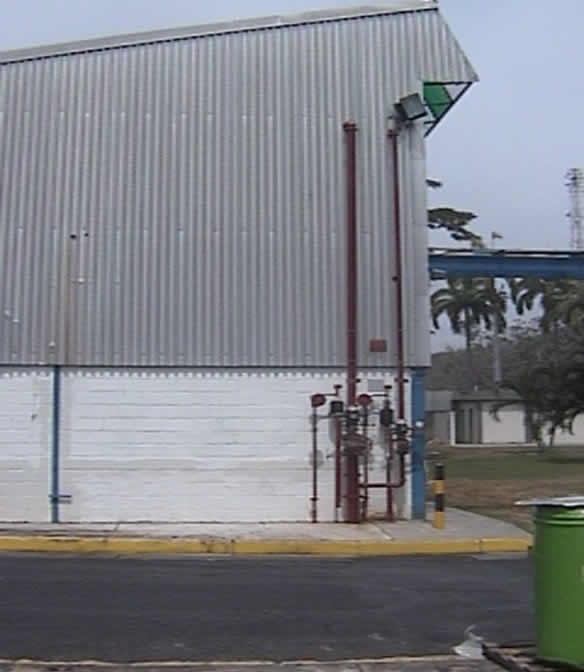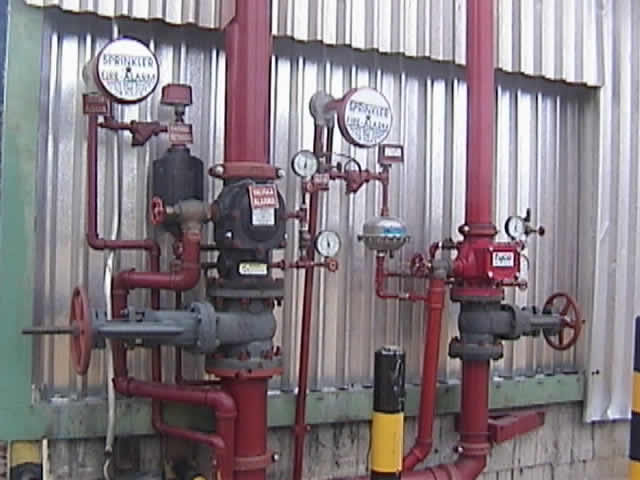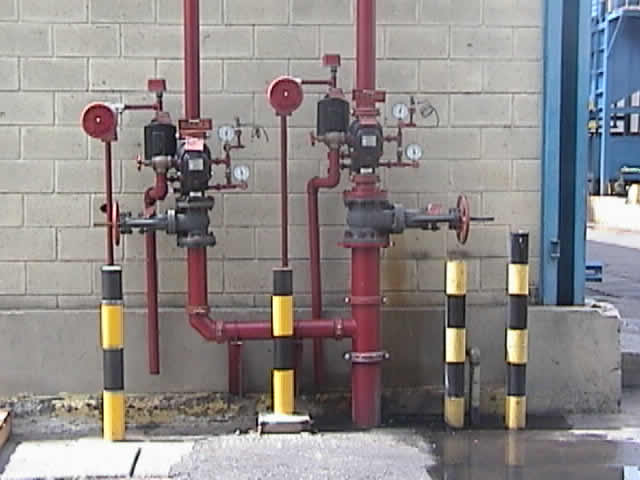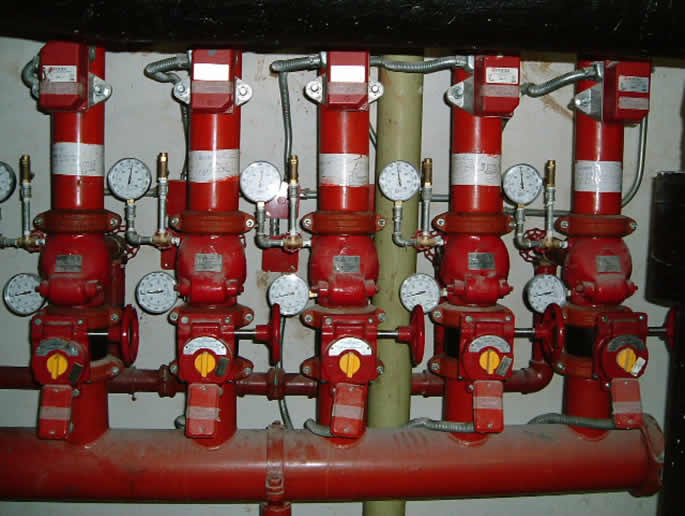
Learn how you can avoid a disaster in your company if you consider a fire hose cabinet
29 November, 2021Uprights in fire fighting systems

Fire extinguishing systems with sprinklers and hose cabinets are mainly made up of uprights, main pipes, branches, sprinklers and cabinets, respectively.
The design and installation of these systems is governed by NFPA 13, Standard for the Installation of Sprinkler Systems.
Under normal conditions, the pipes in these systems are permanently pressurized with water, the sprinklers closed by their fuses and the hose cabinets closed by their angle valves.
In the case of the sprinkler extinguishing system, when a fire occurs, the heat of the fire melts the fuse of one or more sprinklers, thereby achieving the immediate discharge of water by those activated sprinklers. The water begins to pass through the stud, the alarm bell sounds and the flow sensor or pressure sensor sends the signal to the main alarm panel of the plant, indicating the presence of a fire in those specific areas.
The same is true for fire extinguishing systems with hose cabinets when opening the angle valve on the hose cabinet to allow use of the fire hose.
In both cases, the discharge of water from the system will reduce the pressure in the pipes, which upon reaching a predetermined value will start the main fire pump.
And what is the uprights?
Uprights
The Upright is a set of components that is installed in the section that communicates the external network of a fire fighting system to the sprinkler system or system with cabinets.
A Stud is made up of:
A Control Valve: is a valve that allows or restricts the passage of a fluid into a system. This can be a rising stem gate valve or a supervised butterfly valve. They come flanged or grooved or a combination of both, and must be “UL” and “FM” listed.
An Alarm Valve or Riser Check Valve: is a check valve that incorporates certain components to allow the operation of mechanical and electrical alarms associated with the operation of the sprinkler or hose system. These valves can be flanged or grooved or a combination of both, and must be “UL” and “FM” listed.
Alarm Valve or Riser Check Valve Trim: this trim is composed of a series of accessories that are installed to the valve. These accessories are pipes, valves and pressure gauges. The pressure gauges that are installed on the valve indicate the pressure downstream and upstream of the riser, that is, the pressure of the external network and the pressure of the sprinkler system or cabinets, respectively.
Flow Sensor: it is a device that sends a signal to a central alarm panel when water begins to flow through the pipe.
Retarding chamber: it is a hollow container that begins to fill with water when the water passes through the Alarm Valve towards the sprinkler or cabinets extinguishing system, thus avoiding the sudden arrival of water to the Hydraulic Motor of the Hood. Alarm, ensuring that no damage occurs to its internal parts.
Pressure Sensor: it is a device that sends a signal to a central alarm panel when it reaches a preset pressure.
Hydraulic motor with alarm bell: The hydraulic motor is a device that begins to rotate with the passage of water, and this rotating movement is transmitted to the Alarm Bell, making it sound. The Bell Alarm is a device that emits a loud sound, signal of the passage of water into the sprinkler system or cabinets, due to the activation of sprinklers or the opening of the valve of a hose cabinet.
Pressure relief trim of ¼ inch: it is a valve that allows to lower the pressure of the sprinkler system upstream of the alarm valve or riser check valve, when this pressure exceeds the operating pressure of the system, due to the increase in temperature environment. The relief valve activates when the pressure in the sprinkler system exceeds 175 psi, dislodging small amounts of water to the outside. The relief valve is installed next to the pressure gauge upstream of the alarm valve or riser check valve.
The uprights with alarm valves have alarm valve trim, delay chamber, hydraulic motor with alarm bell, pressure relief trim and flow sensor or pressure sensor.
The Uprights with riser check valves only have the riser check valve trim, pressure relief trim and flow sensor.

Uprights

Upright Components with Alarm Valves

Strut Pressure Relief Trim

Uprights with Riser Check Valves
Source: Vicente Andrade

